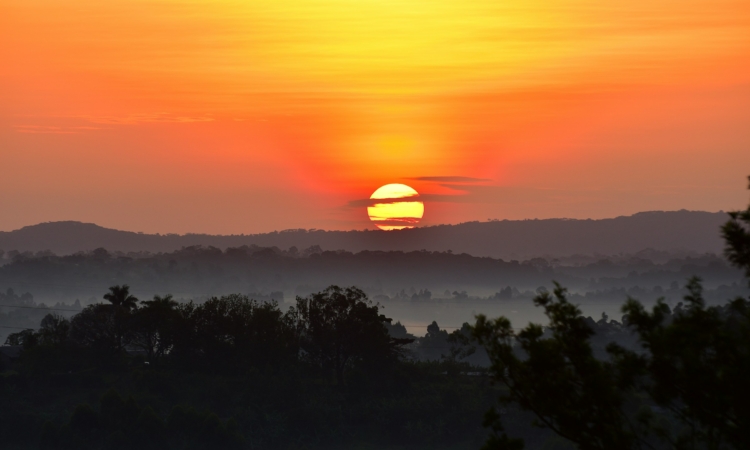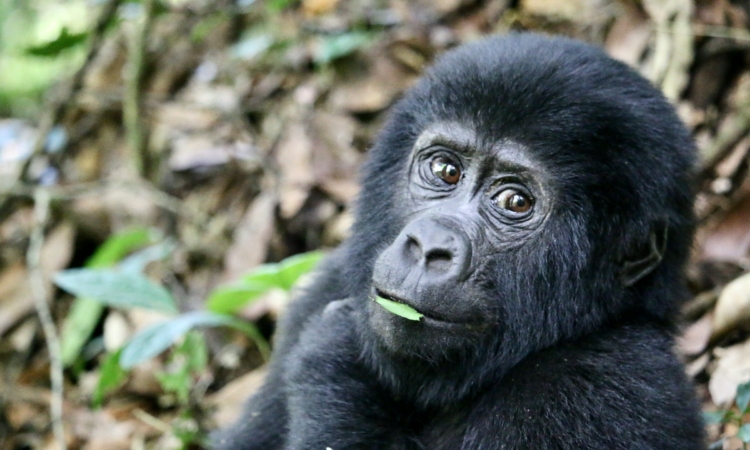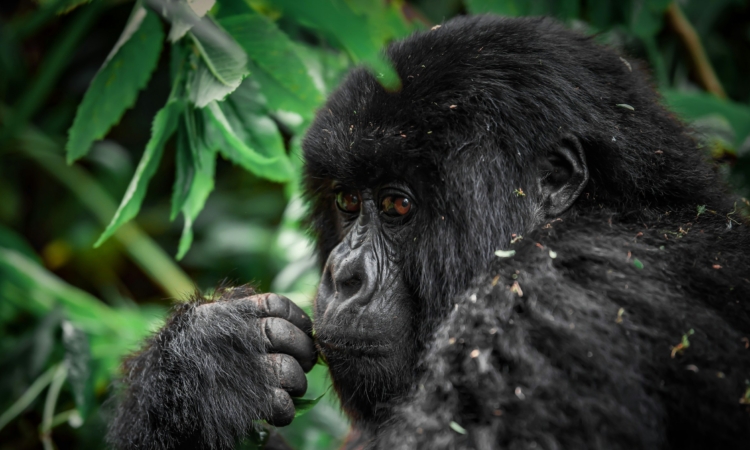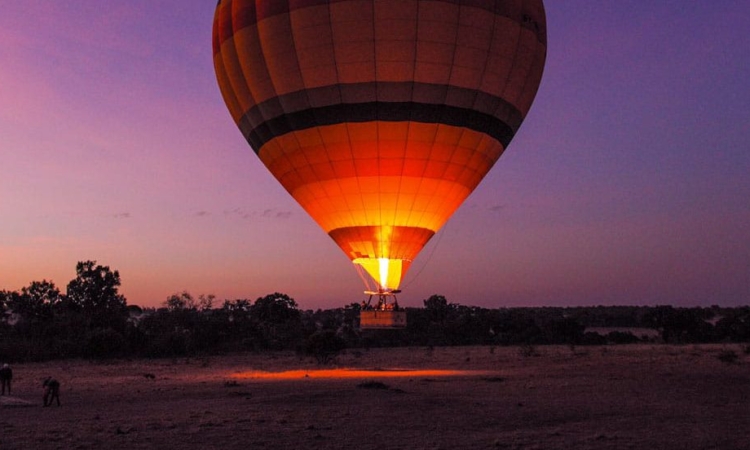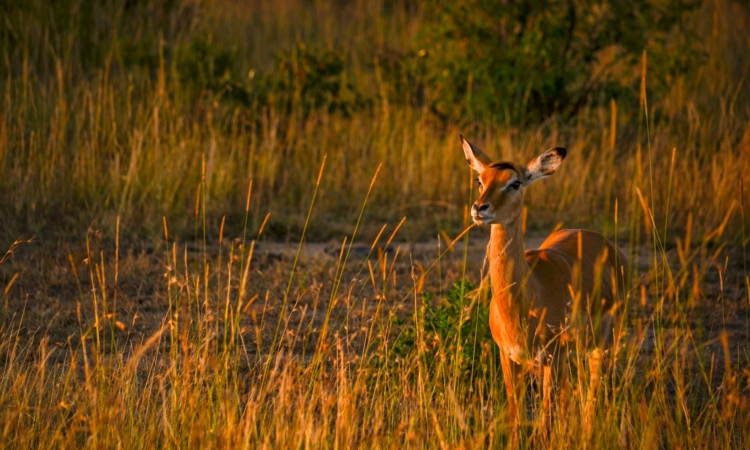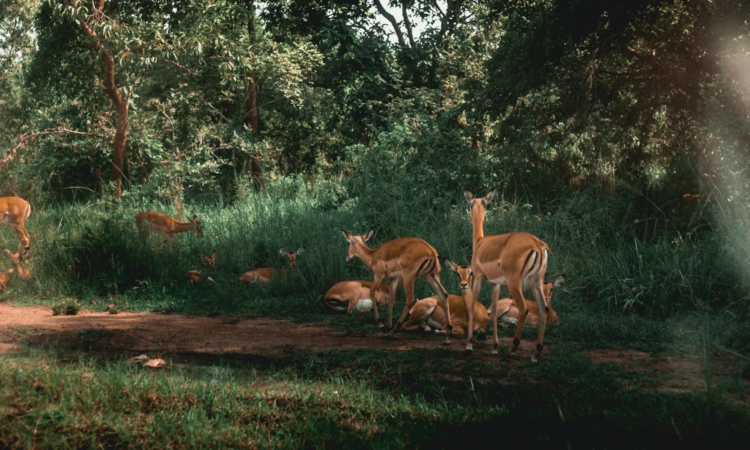Visit Akagera National Park in Rwanda for authentic safari tours. Akagera is the only game park in Rwanda that offers game drives and balloon safaris (Please note that hot air ballooning is only carried out in dry weather). All the big five game animals; Lions, African Buffalo, Leopards, Rhinos & Elephants can be found here. Lake Ihema is not only one of the lakes found in in the park, but is also one of the most popular attractions. It offers authentic boat trip experiences.
Located in Eastern Rwanda, the 100,000 hectare Akagera National Park borders Tanzania. As per Wikipedia, Since 2010, the park has been under the management of African Parks (The Akagera Management Company) in partnership with Rwanda Development Board. The main activities in the park include game drives, boat cruises, nocturnal game drives, birding, nature walks and boat safaris.
With entrance fees of $40 per person for foreign non-residents, Akagera shelters some of the most scenic plains of Savannah in East Africa, comprised of open plains, woodland vegetation, water bodies, wetlands, and raised hills. Akagera National Park is once again home to Africa’s big five mammals in Rwanda, after the reintroduction of lions and Rhinos in 2015 and 2017 respectively. Please note that the entry prices are cheaper for other nationalities.
Regarding accommodation & hotels, Some of the safari lodges in the Akagera Park include Mantis Akagera Game Lodge, Ruzizi Tented Lodge, Akagera Rhino Lodge, and Magashi Camp. Most of these lodges offer authentic camping safari experiences in the park and they are well priced.
It is popular for its panoramic views and easy access from the city, Kigali and easy connection with other popular destinations like Volcanoes National Park. Contact us for affordable Akagera tour holidays directly through our website. With such a rich history and biodiversity, booking an Akagera tour will reward you so much.
Akagera National Park is composed of over 12,000 mammals and nearly 500 bird species which makes it one of the world’s iconic birding destinations.
Some of the notable Big Five mammals have been reintroduced in the park recently, namely the black rhinos and lions, which went into extinction since the 1980s, but were returned to the park from South Africa in 2017 and 2015 respectively.
Other members of the Big Five present here include buffaloes, elephants and leopards. However, there are several other lesser animals that make Akagera a pure wildlife lover’s haven.
These include Topis, elands, waterbucks and large herds of zebra. The park also contains up to 120 elephants divided in two herds; however, they are not always to spot since they like hiding in the lush forest.
Park Scenery
Akagera’s scenery alternates strikingly from the southern tip to the northern end, and sightings of giraffes, elephants, hippos, zebras, antelopes, water buffaloes and all kinds of diverse bird species are very familiar.
Though Akagera national park is not as popular as other parks in Kenya, Uganda or Tanzania, through unmatched dedication to conservation, Akagera national park will obviously be a park to contend with in a few years.
Lakes & Rivers
The biggest lake Ihema is fed by Akagera River and covers the southern savannah region of the park in eastern province of Rwanda.
Other than Lake Ihema, there are over a dozen lakes which are also supplied by Akagera River.
Lake Ihema, situated at an altitude of 1,22m above sea level is the biggest lake in the park and covers total surface area of about 90 Sq. KMs and depth estimated to be 5 to 7 m depending on the area and the season.
The eastern shores of Lake Ihema form an international boundary between Rwanda and Tanzania.
Most lakes in this park are rich in biodiversity and most of them are home to crocodiles and hippos.
For the birdlife, Lake Ihema alone has almost 550 species including the rare shoebill stork and the papyrus Ganolek, as well other endemic species such as; herons, jacana, malachite Kingfisher, Ibis, Hawk, plovers, and so much more.
The park is surrounded by vast seasonal and permanent wetlands which provide everlasting shelter for important wildlife as well as an important bird sanctuary.
What to do in Akagera
Notwithstanding the size of the park, Akagera’s wildlife has accumulated over time and the recent census is approximated to be about 8000 large animals residing in the park.
A perimeter fence was constructed in 2013 to enable easy protection and conservation of this increasing population of animals.
Akagera’s wildlife is so diverse, and within just a short time on game drive, visitors are immediately introduced to some of the park’s iconic residents, including but not limited to elephants, giraffes, Topis, Zebras, elands, Impalas, warthogs, bush bucks, baboons, Mongoose, hippos, Vervet monkeys, crocodiles, reedbucks, defassa waterbucks, roan antelopes, buffaloes and so much more.
The most interesting section of the game drive is from south to the northern tip of the park, a region that is filled with variety of animals as well as striking views of the mountain and across Lake Ihema.
Boat cruise in Akagera
You can arrange either morning, afternoon or evening launch cruises on Lake Ihema through Akagera park authorities or with a tour agency which can book on your behalf.
A boat trip along Lake Ihema exposes you to hippo ponds and some huge crocodiles that can hardly be seen, but only during this boat cruise.
It is also a great way to spot the park’s wide array of water birds, which include African fishing eagles, open-bill storks, African darters and breeding colonies of the smelly and noisy cormorants as well as swamp flycatchers.
Cultural Encounters
The good partnership between the park and local communities has seen emergence of capable freelance community guides that can organize some interesting local tours and cultural encounters for the visitors to participate in.
There are four options; Heritage (The Culture of Cattle), Arts and Crafts, Local beer brewing, and Celebration and food festivals.
Each of the experiences gives one a glance into the typical life of communities that surround the Akagera National park.
Get your hands on each encounter, ranging from cow milking, making Imigongo paintings as well as tasting honey on a comb.
Help in preparing a local meal or attend and participate in Rwandan traditional dance shows and performances.
Birding in Akagera NP
Akagera national park is an epic destination for bird watching, with approximately 500 bird species (4 of which are endemic) and a huge population of migratory birds.
The rare shoebill stork can also be views within the vast wetlands around Lake Ihema together with the elusive and endangered papyrus Gonolek.
Behind the scenes experience
The Behind the Scenes encounter is without doubt one of the favorite tours in Akagera national park.
You learn so much about history and management of the park, protection and conservation practices and more.
A site guide / park ranger takes the visitors around park’s offices, and clearly narrates the genesis of the park, the challenges encountered so far while dealing with poachers, protecting the endangered species of the park, and various sections / departments of the park.
Or take an optional visit to Akagera’s K9 unit which aids in mitigating poaching activities in the park and also learn different ways to ensure security and maximum protection of animals, such as health monitoring, tracking and patrol routes.
Accommodation/Where to stay
Lodging options were limited in the park, but with the influx of so many hotel operators and investors, the number of accommodation facilities have increased tremendously with in the recent past.
You can spend a night at the luxurious Ruzizi Tented Lodge and gaze at the nearby schools of playful hippos or spend a glamping experience at Karenge Bush Camp and enjoy the stunning northern plains of Akagera.
The mid-range Akagera Game Lodge offers deluxe services and the best alternative for safari goers who do not want a lot of luxury but still need more than just basic experience.
Group tours to Akagera National Park Rwanda
Akagera national park is the driest destination than any other national park in Rwanda; but nevertheless it still receives an average amount of rain during rainy seasons from March – May and October – November.
The most preferred safari time is during summer when rain is practically so little or even not at all and you will be able to spot a range of animals quite easily as they congregate around waterholes during mid-morning game drives.
Temperatures sometimes can be hot during day time and clouds of dust make game drives very unpleasant, so ensure that you pack the appropriate equipment for your safari adventures in Akagera national park.

